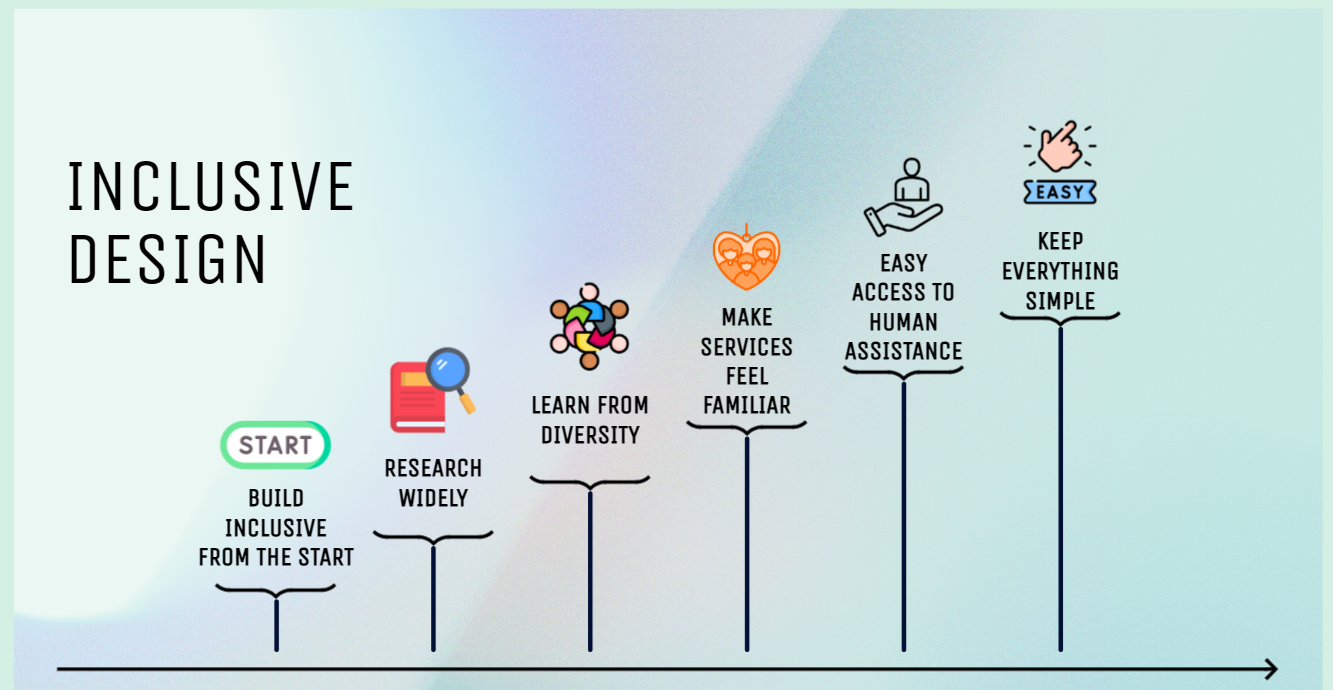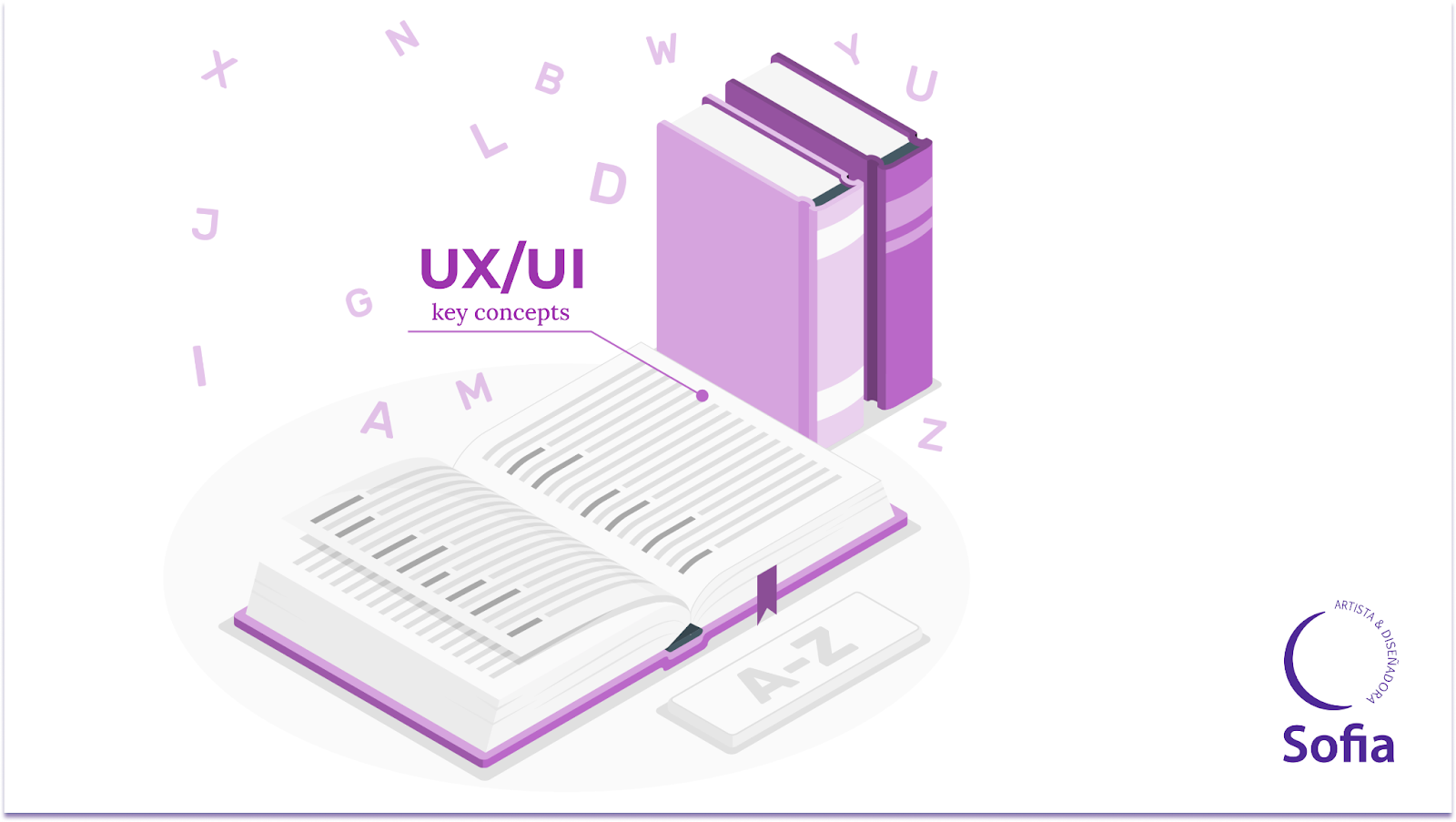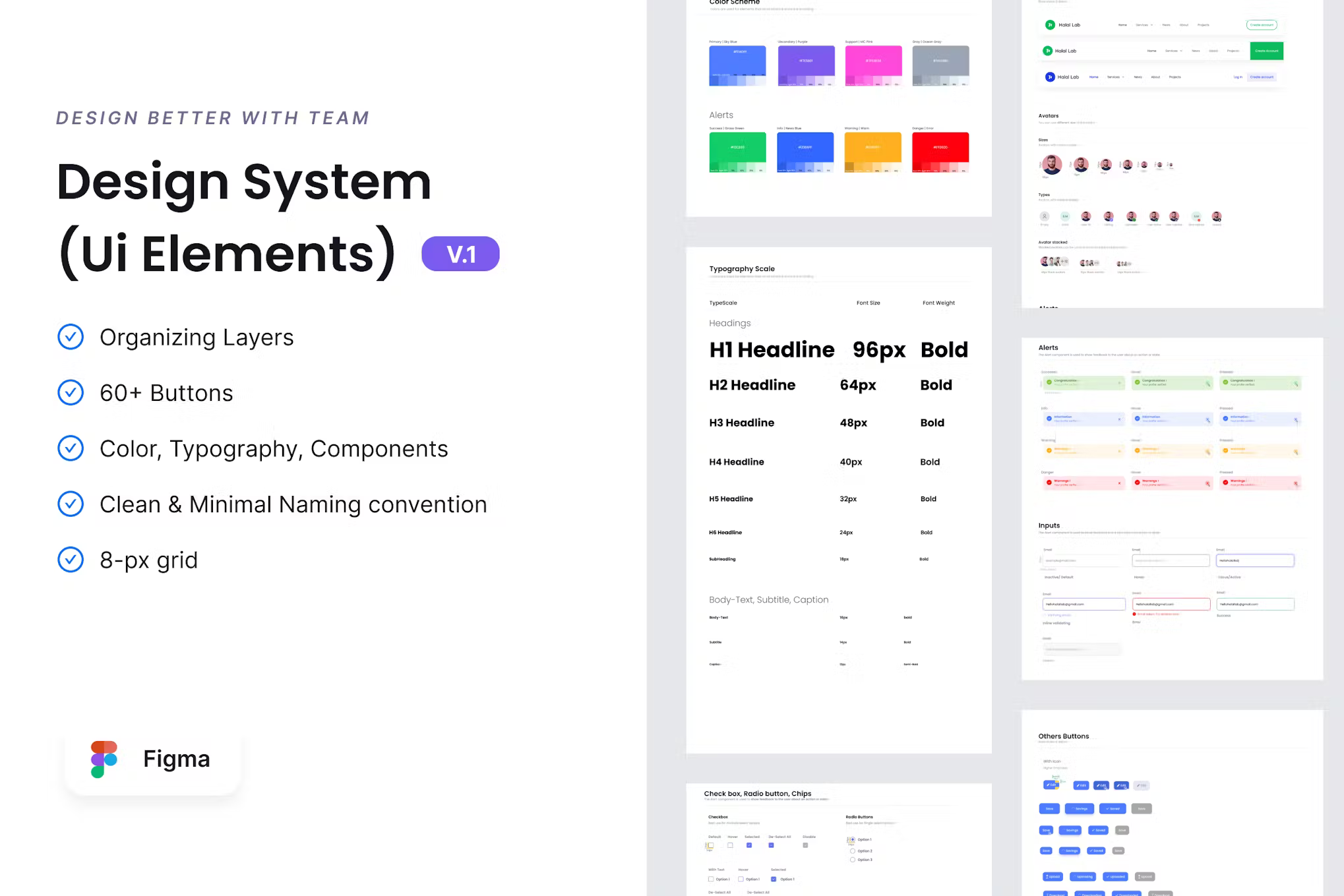User experience is absolutely key to today's marketplace if your product does not offer a genuinely exceptional UX then people will go and find one that delivers it. You may use user testing to gain great insights on how actual users are interacting with your product, uncovering intricacies and places for improvement. But what goes into a protocol for user testing that ends up delivering some more useful feedback? This guide will cover everything you need to know on user testing protocols that lead to powerful product outcomes. A good user testing protocol is a road map: while conducting the test, should get from point A to B or C with no detours and collect relevant data that will help answer your research questions.
Setting the Pillars of Your Protocol:

The user study plan must be designed before getting into the protocol itself. The purpose of the plan is not to test your protocol; rather it serves as a base for creating one by defining what testing goals you have and how long or complex such tests are. A user study plan typically consists of these main elements :
- Research aims and questions
- Research participant recruitment by target audience
- Testing methods and timeline
- Plan for Data Collection and Analysis
- Main Points of User Testing Protocol
Define Your Objectives:
- What are we hoping to achieve/ learn from user testing?
- What research questions do you have?
- Do you need to verify the design decision, discover usability problems or learn about user concerns?
Understand Your Ideal Market:
- Who are your ideal users?
- Which demographics, behaviors and attributes of your ideal customer can you segment against?
- Qualify your participants to represent the demographic you are designing for.
Choose the Correct Testing Approach

Moderated vs Unmoderated: In moderated testing the participant completes tasks with a facilitator however in unmediating they complete this on their own.
Remote vs. In-Person: testing is more flexible and convenient, while in-person testing allows for better control over the process of user evaluation. While the remote test is more practical, it is possible not to capture some information as body language.
Develop Tasks and Scenarios:
- Create design tasks more along the lines of real-world use cases that will guide their behaviours towards your research goals.
- This context-setting puts your user in the right mindset.-Guided task based scenario creation. Finally, an electronic task board must offer tasks that are correctly coped.
- PostMessage: make sure what you display is clear (concise) and possible to complete in time.
Set up the test environment:
- Provide you with a pleasant working environment without any racket.
- Make sure you have all the necessary tools and materials close by
- Check your tech, no one wants to see an error message pop-up in a webcast.
Conduct the User Testing:
- Greet participants and provide a purpose of the testing.
- Managing goals and asking users to verbalize while doing practicing tasks.
- Monitor customer interactions, comments and feedback.
Interpret and Collate Results:
- Analyze trends and insights from recorded sessions, notes.
- Classify results into severity and impact
- Generate a report with major takeaways and advice.
User Testing Protocol Structure Template
- Introduction and welcome
- Consent / Confidentiality Understanding
- Introduction including background questions from demography, experience, etc.
- Questionnaire prior to the test (if applicable)
- Tasks and scenarios/ supporting questions
- Post-test questionnaire
- Debrief and thank you
How To Write Good Protocols
- Test your protocol: Do a pilot test to detect problems or uncertainties.
- Less is More: Make tasks straight-forward, and do not overload participants with too many instructions/ think-aloud task(s).
- Make sure instructions and questions are in plain English.
- Flexibility is key when it comes to a new protocol, and any feedback or ideas should be adjusted prior.
User Testing Advantages:
- Find usability problems and make better product design
- Check-out design choices and remove project risks
- Get a deeper understanding of how users act, and think
- Improve users satisfaction and adoption of product
- Determine what makes a product successful while accomplishing business goals
Classifications of user testing :
- Discovery testing: Performed at the beginning of a design process to get broad feedback and surface big issues with usability
- Usability and effectivenes: of a product or prototype was assessed by- Assessment Testing
- Comparative Testing: It involves comparing two or more designs, products to learn about user preferences.
- Iterative Testing: This type of testing is made during the design process (to refine and improve the product).
User Testing Model or Method :
- Think-Aloud Protocol: Directs users to speak their thoughts as they go through experiences.
- Eye-Tracking: Tracks eye movements to understand user attention and focus
- A/B Testing: Compares two versions of a design to determine which performs better
- Card Sorting: Helps organize information and create intuitive navigation structures

Practical Applications or Relevance of User Testing
- Product Development: Improve product design, usability, and user experience
- Marketing and Sales: Understand user needs and preferences to tailor marketing messages and sales strategies
- Customer Service: Identify pain points and improve customer support processes
- Education and Training: Evaluate the effectiveness of educational materials and training programs
Challenges or Considerations in User Testing
- Recruiting Participants: Finding and recruiting representative users can be challenging and time-consuming
- Time and Resource Constraints: User testing can be resource-intensive, requiring time, budget, and expertise
- Bias and Subjectivity: Observers and facilitators may introduce bias or subjectivity into the testing process
Creating effective user testing protocols is essential for gathering valuable user feedback and driving product success. By following the steps outlined in this guide, you can design and conduct user testing that uncovers actionable insights and helps you create products that users love. Remember, user testing is an iterative process, and continuous testing and refinement are key to delivering exceptional user experiences.
Remember, user testing is a valuable tool for creating user-centered products that meet the needs and expectations of your target audience. By investing time and effort in developing effective user testing protocols, you can gain invaluable insights that lead to product success and user satisfaction.
Ready to take your user testing to the next level? Subscribe to our newsletter for more tips and best practices. Have questions or want to share your experiences? Leave a comment below or connect with us on social media. Let's create products that users love together!
References:
- NN/g Nielsen Norman Group: A leading UX research and consulting firm, offering a wealth of resources on user testing and UX design.
- Usability.gov: A comprehensive resource from the U.S. government on usability and user-centered design.
- UserTesting.com: A platform for conducting remote user testing and gathering user feedback.
- Steve Krug, "Rocket Surgery Made Easy": A practical guide to user testing for anyone involved in product development.




